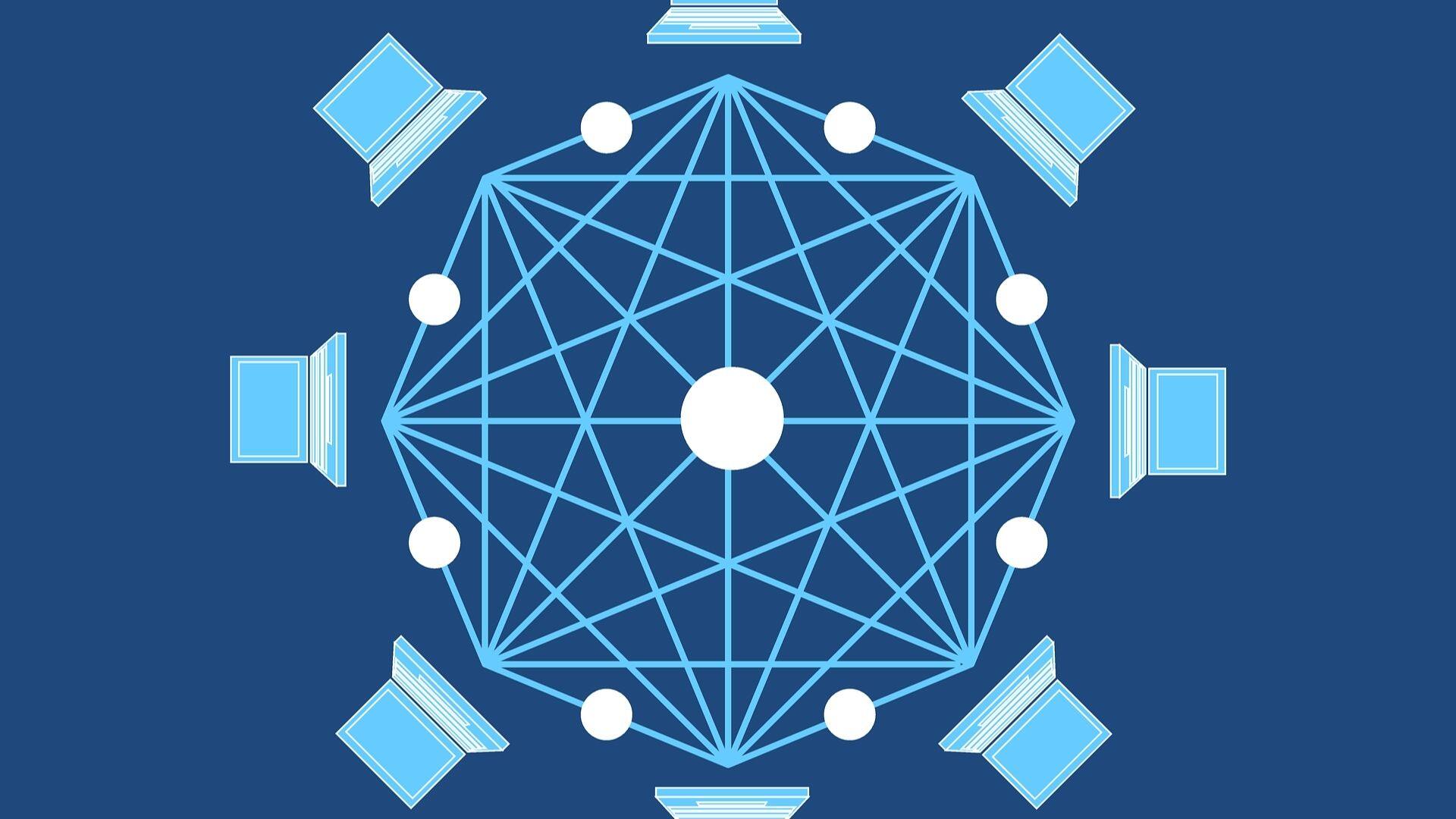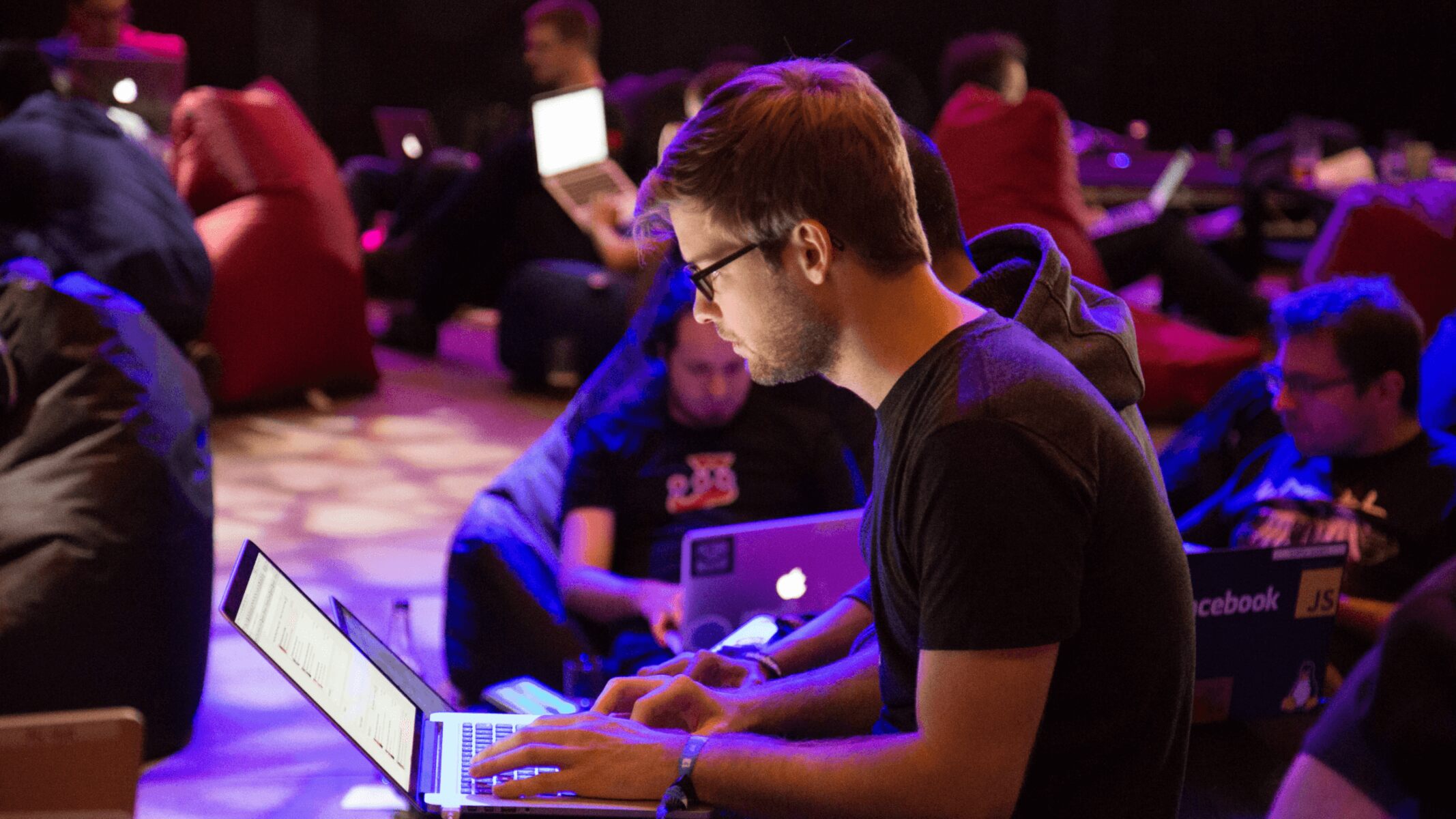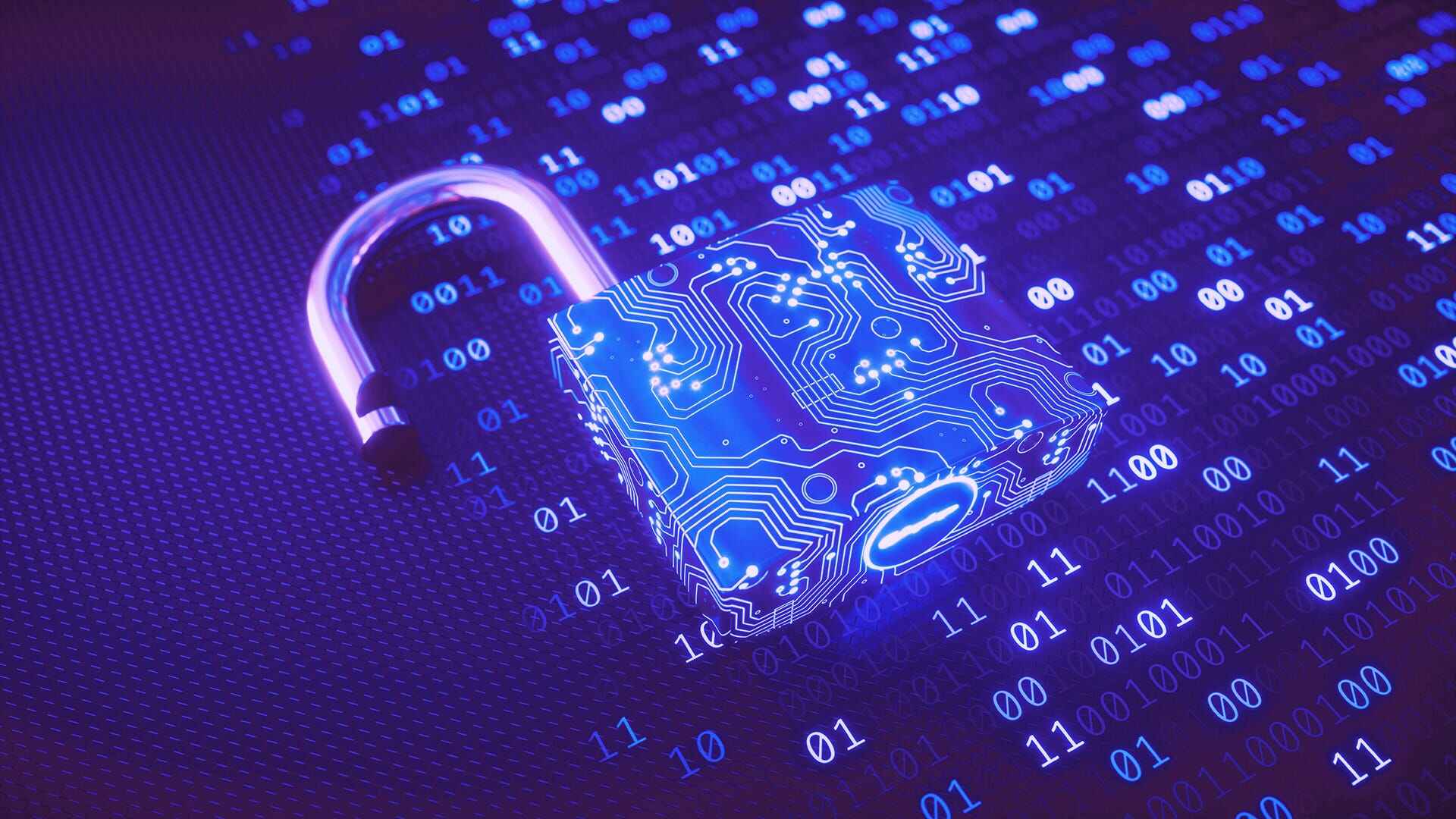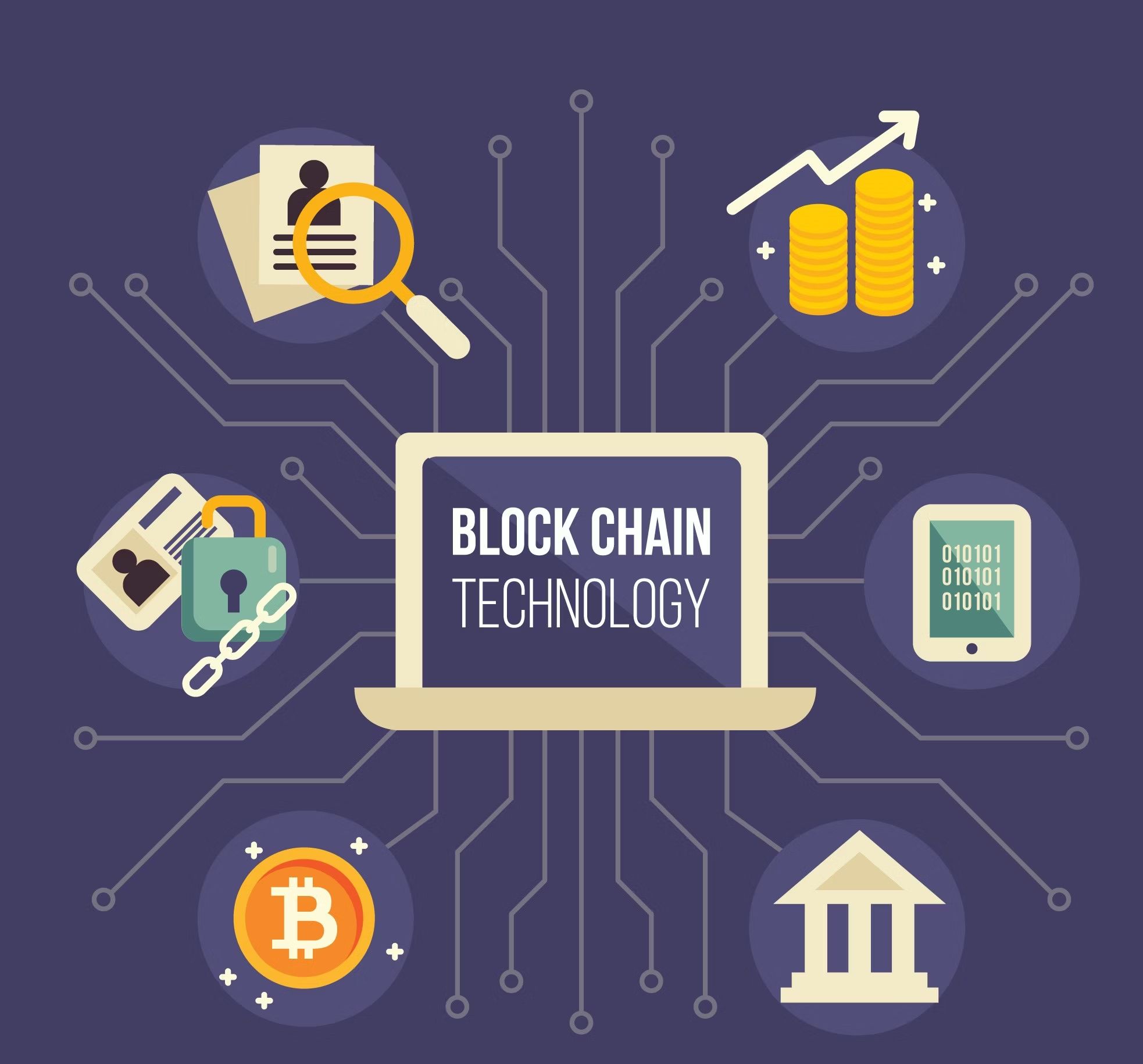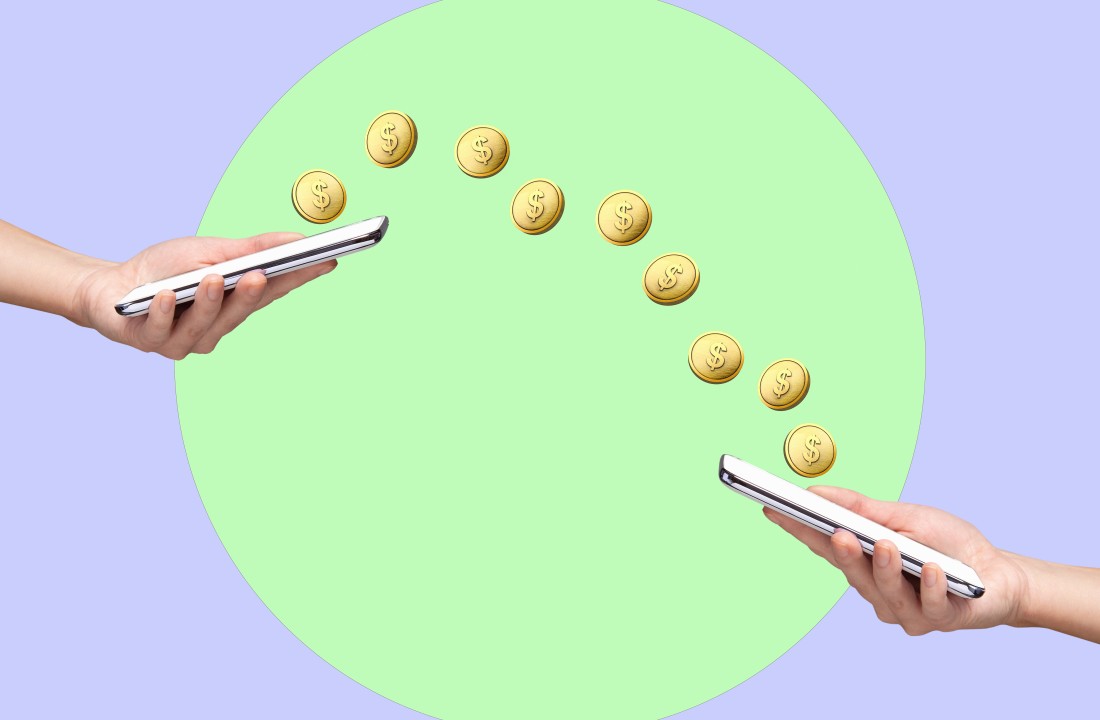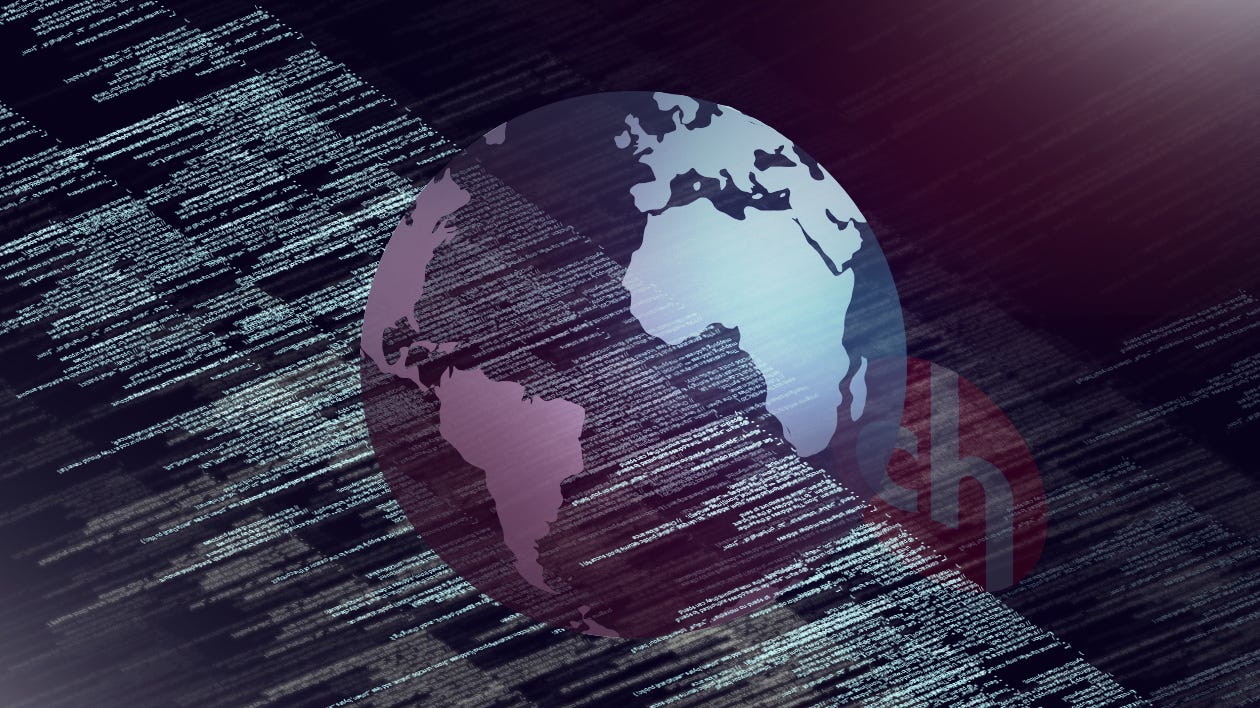Introduction
Welcome to the world of blockchain translation, where technology and language intersect to create new opportunities for global communication. In our increasingly interconnected world, the need for accurate and efficient translation services has become more vital than ever before. With the emergence of blockchain technology, the translation industry is undergoing a transformative revolution that promises to streamline processes, enhance transparency, and foster trust.
Blockchain, most commonly known as the technology behind cryptocurrencies like Bitcoin, is a decentralized and distributed digital ledger that records transactions across multiple computers. Its key features include immutability, transparency, and security. By eliminating the need for intermediaries, such as banks or trusted authorities, blockchain ensures that transactions are verified and recorded in a tamper-proof manner.
So, what exactly is blockchain translation? In simple terms, it refers to the application of blockchain technology in the field of language translation. By leveraging blockchain, translation professionals can enhance the quality, efficiency, and reliability of their services. It facilitates the creation of a decentralized marketplace where clients and translators can directly connect and transact, eliminating the need for intermediaries and reducing costs.
There are several benefits to using blockchain technology in the translation industry. Firstly, it enhances trust and transparency by providing an immutable record of translation activities. Every change, revision, or review made during the translation process is permanently recorded on the blockchain, ensuring that all stakeholders have access to a transparent history of the project.
Secondly, blockchain translation harnesses the power of smart contracts, which are self-executing contracts with the terms of the agreement directly written into the code. These contracts enable automatic and secure payments for translation services, eliminating delays and payment disputes.
Furthermore, the decentralized nature of blockchain translation allows for a wider pool of translators and clients, creating a competitive environment that can drive up quality and drive down costs. It opens up opportunities for freelance translators and facilitates seamless collaboration among multiple translators for large-scale projects.
Despite the numerous benefits, blockchain translation also comes with its own set of challenges. One of the main challenges is the technical complexity associated with implementing blockchain technology in the translation workflow. It requires translators to have a basic understanding of blockchain and how it functions.
Another challenge is the issue of scalability. While blockchain technology has the potential to handle large volumes of data, it is still in its early stages of development. As the demand for blockchain translation grows, scalability becomes a critical factor that needs to be addressed to ensure efficient and smooth operations.
Overall, blockchain translation holds immense potential in revolutionizing the translation industry. It offers benefits such as enhanced transparency, secure transactions, increased accessibility, and improved collaboration. As the technology continues to evolve and overcome its challenges, we can expect to see significant advancements in the field of blockchain translation in the near future.
Understanding Blockchain
Before diving into the intricacies of blockchain translation, it is crucial to have a foundational understanding of blockchain technology itself. So, what exactly is blockchain?
At its core, blockchain is a decentralized and distributed digital ledger that records transactions across multiple computers. It was initially introduced as the underlying technology behind Bitcoin, but its potential applications extend far beyond just cryptocurrencies. Blockchain’s key features include immutability, transparency, and security.
Immutability is one of the fundamental aspects of blockchain. Once a transaction is recorded on the blockchain, it is there forever and cannot be altered or deleted. This is achieved through cryptographic techniques that ensure the integrity of the data.
Transparency is another crucial characteristic of blockchain. Unlike traditional centralized systems, where a single entity has control over the database and can manipulate data, blockchain allows for a transparent record of all transactions. Every participant in the network can access and verify the transactions, creating a sense of trust and accountability.
Security is a primary concern in any digital system, and blockchain provides a robust solution to safeguard data. By utilizing advanced cryptographic algorithms, blockchain ensures the integrity and confidentiality of transactions. Additionally, the distributed nature of the blockchain makes it inherently resilient to attacks, as compromising a single node does not compromise the entire network.
Blockchain operates on a peer-to-peer network, eliminating the need for intermediaries such as banks or trusted authorities. Instead, all participants in the network have access to a shared ledger, which contains a copy of all transactions. This creates a decentralized environment where trust is established through consensus mechanisms, such as proof of work or proof of stake.
As each new transaction is added to the blockchain, it forms a “block” that is linked to the previous blocks, thus creating a chain of blocks – hence the name blockchain. This sequential chaining ensures the integrity and chronological order of transactions within the system.
Blockchain technology has the potential to disrupt various industries, including finance, supply chain management, healthcare, and of course, translation. By leveraging the unique features of blockchain, organizations can improve efficiency, enhance security, and foster trust in their operations.
In the next section, we will explore the concept of blockchain translation and how it integrates blockchain technology into the field of language translation.
What is Blockchain Translation
In the age of globalization, effective communication across language barriers is essential for businesses and individuals alike. This is where the concept of blockchain translation comes into play. Blockchain translation refers to the application of blockchain technology in the field of language translation, revolutionizing the way translations are conducted and managed.
Traditional translation processes often involve multiple intermediaries, including translation agencies, project managers, and payment processors. These intermediaries not only increase the overall cost of translation but also introduce potential bottlenecks and frictions in the workflow.
With blockchain translation, the aim is to eliminate these intermediaries and create a decentralized marketplace where clients and translators can directly connect and transact. By leveraging blockchain’s features of transparency, immutability, and security, blockchain translation platforms provide a more efficient and trustworthy way to handle translation projects.
On a blockchain translation platform, clients can submit their translation requests and specify their requirements, such as language pairs, deadlines, and pricing preferences. The decentralized nature of the platform allows for a wider pool of translators with various language expertise to participate, ensuring a diverse range of translation options.
The translation process is facilitated through smart contracts, which are self-executing contracts with the terms and conditions directly written into the code. These contracts automate the payment process, ensuring that translators are remunerated fairly and promptly upon completion of the task.
Moreover, blockchain translation platforms provide a transparent record of all changes, revisions, and reviews made during the translation process. Each revision is recorded on the blockchain, providing an immutable history of the project. This enhances trust and transparency between clients and translators, as both parties have access to a verifiable record of all the activities.
Furthermore, blockchain translation platforms offer a rating and review system, allowing clients to evaluate the quality of the translations and provide feedback to the translators. This fosters a reputation mechanism that rewards high-quality translations and incentivizes translators to continuously improve their skills.
By implementing blockchain technology, blockchain translation platforms aim to overcome some of the major challenges faced by traditional translation processes, such as high costs, lack of transparency, and slow payment settlements. These platforms streamline and simplify the translation workflow, enabling faster turnaround times, reduced costs, and increased access to translation services.
In the next section, we will delve into the benefits of blockchain translation and explore how it can revolutionize the translation industry.
Benefits of Blockchain Translation
Blockchain translation offers numerous benefits that have the potential to revolutionize the translation industry. By leveraging blockchain technology, translation processes become more efficient, transparent, and secure. Let’s explore some of the key advantages of blockchain translation:
- Enhanced Transparency: Blockchain translation platforms provide a transparent and immutable record of all translation activities. Every revision, review, and change made during the translation process is permanently recorded on the blockchain. This ensures complete transparency for both clients and translators, fostering trust and accountability.
- Secure and Efficient Payments: With the integration of smart contracts, blockchain translation platforms enable automatic and secure payments. Translators are assured of timely and fair remuneration upon completion of the task, eliminating payment delays and disputes.
- Decentralized Marketplace: Blockchain translation platforms create a decentralized marketplace where clients and translators can directly connect and transact, eliminating the need for intermediaries. This opens up opportunities for freelance translators and creates a competitive environment that can drive up quality and drive down costs.
- Access to a Wider Pool of Translators: By removing geographical barriers and intermediaries, blockchain translation platforms provide access to a larger pool of translators with diverse language expertise. Clients have the flexibility to choose the translator that best fits their requirements, ensuring high-quality translations.
- Improved Collaboration: Blockchain translation platforms facilitate seamless collaboration among multiple translators for large-scale translation projects. Translators can work on different sections of a document simultaneously, enhancing efficiency and reducing turnaround times.
- Data Integrity and Security: Blockchain’s immutability and cryptographic techniques ensure the integrity and security of translated content. The decentralized nature of the blockchain makes it resilient to attacks, reducing the risk of data breaches or tampering.
- Reputation Mechanism: Blockchain translation platforms often incorporate a rating and review system, allowing clients to provide feedback on the quality of translations. This creates a reputation mechanism that encourages translators to maintain high standards and continuously improve their skills.
These benefits of blockchain translation contribute to a more efficient and reliable translation process. Clients can expect faster turnaround times, reduced costs, and better quality translations, while translators can enjoy fair and prompt compensation, increased access to clients, and improved collaboration opportunities.
The next section will cover the challenges that blockchain translation faces and explore the complexities of integrating blockchain technology into the translation workflow.
Challenges of Blockchain Translation
While blockchain translation holds immense potential in revolutionizing the translation industry, it also comes with its fair share of challenges. These challenges need to be addressed to fully harness the benefits of embracing blockchain technology in translation. Let’s delve into some of the main challenges of blockchain translation:
- Technical Complexity: Implementing blockchain technology in the translation workflow requires translators to have a basic understanding of blockchain and its functionalities. This technical complexity can pose a barrier to adoption for translators who may be unfamiliar with blockchain technology.
- Scalability: Although blockchain has the potential to handle large volumes of data, it is still in its early stages of development. As the demand for blockchain translation grows, scalability becomes a critical factor that needs to be addressed to ensure efficient and smooth operations.
- Regulatory Compliance: Blockchain operates across multiple jurisdictions, each with its own set of legal and regulatory requirements. Ensuring compliance with these regulations poses a challenge, especially when it comes to data privacy and protection, as translations may involve sensitive or confidential information.
- Integration with Existing Tools and Systems: Integrating blockchain translation platforms with existing translation tools and systems can be a complex process. Compatibility issues and the need for additional infrastructure may arise, requiring careful planning and coordination.
- Cost: While blockchain technology has the potential to reduce costs in the long run, implementing and maintaining blockchain translation platforms may incur initial costs. Additionally, the cost of training translators on blockchain technology and ensuring their proficiency adds to the overall expenses.
- Educational Gap: Bridging the educational gap and providing adequate training and resources to translators on blockchain technology and its applications in translation is crucial. Overcoming this challenge requires collaborative efforts from industry leaders, educational institutions, and technology providers.
- User Adoption: Encouraging widespread user adoption of blockchain translation platforms among both clients and translators can be a challenge. Educating them about the benefits and addressing concerns around data security and privacy is essential for fostering trust and acceptance.
Overcoming these challenges will require continued innovation, collaboration, and industry-wide efforts. As blockchain technology continues to evolve, solutions to these challenges will emerge, making blockchain translation more accessible, efficient, and scalable in the future.
The following section will highlight some of the use cases and real-world applications of blockchain translation, showcasing its potential to transform various aspects of the translation industry.
Use Cases of Blockchain Translation
The integration of blockchain technology into the field of translation opens up a multitude of use cases and real-world applications. Let’s explore some of the key use cases of blockchain translation:
- Decentralized Translation Marketplaces: Blockchain translation platforms can create decentralized marketplaces where clients and translators can directly connect and transact, eliminating the need for intermediaries. These marketplaces enable a transparent and efficient way to match clients with translators, ensuring fair pricing and quality translations.
- Verified Credentials: Blockchain can be used to store and verify the credentials of translators, creating a trustworthy system for clients to assess the qualifications and expertise of translators. This ensures that clients can choose translators based on verified information, improving the overall quality of translations.
- Intellectual Property Protection: Blockchain’s immutability and transparency can be leveraged to protect intellectual property rights in translation. Translations can be securely stored on the blockchain, providing evidence of ownership and timestamps of creation. This can be particularly useful in industries such as publishing, where copyright infringement is a concern.
- Crowdsourced Translation: Blockchain translation platforms can facilitate crowdsourced translation projects, where multiple translators collaborate on a single project. The decentralized nature of blockchain ensures transparency, fairness, and accountability in the distribution of tasks and compensation among the translators.
- Localization of Blockchain Projects: As the blockchain industry continues to expand globally, the need for accurate and culturally relevant translations of blockchain-related content becomes crucial. Blockchain translation platforms can specialize in providing blockchain-specific translations, ensuring that blockchain projects are effectively localized for global audiences.
These are just a few examples of the use cases of blockchain translation. The versatility and scalability of blockchain technology open up countless possibilities for innovation and transformation in the translation industry.
In the final section, we will glimpse into the future of blockchain translation and the potential it holds for reshaping the entire translation landscape.
The Future of Blockchain Translation
The future of blockchain translation holds immense potential for revolutionizing the way translations are conducted and managed. As blockchain technology continues to evolve and overcome its challenges, we can expect to see significant advancements in the field of blockchain translation. Here are some key aspects that point towards a promising future:
- Increased Efficiency: Blockchain translation platforms have the potential to significantly streamline the translation workflow. Smart contracts can automate various processes, such as project management, quality assurance, and payment settlements, resulting in faster turnaround times and reduced administrative burdens.
- Improved Quality: With access to a wider pool of translators and a reputation mechanism in place, blockchain translation platforms can drive up the overall quality of translations. Clients can choose translators based on verified credentials and feedback, ensuring high-quality and accurate translations.
- Expanded Access: Blockchain translation removes geographical barriers and intermediaries, creating a more inclusive and global marketplace for translation services. Freelance translators and language professionals from around the world can participate in projects, offering diverse language expertise and cultural insights.
- Enhanced Collaboration: Collaboration among multiple translators can be greatly facilitated through blockchain technology. Translators can work simultaneously on different sections of a document, leveraging the advantages of a decentralized platform to improve efficiency and reduce turnaround times.
- Integration with Emerging Technologies: Blockchain translation can be integrated with other emerging technologies to unlock new possibilities. For example, the combination of blockchain and artificial intelligence (AI) can automate the translation process further, improving accuracy and speed.
- Localization of Emerging Technologies: As emerging technologies like blockchain continue to expand globally, the need for accurate and culturally relevant translations becomes essential. Blockchain translation platforms can specialize in providing translations specifically for blockchain-related content, ensuring effective localization for global audiences.
- Regulatory Compliance and Data Privacy: As blockchain technology develops, it will likely address the regulatory compliance and data privacy concerns associated with translation. Ensuring compliance with data protection regulations and providing secure solutions will be key in gaining trust and wider adoption.
These advancements in the field of blockchain translation have the potential to reshape the entire translation landscape. As technology progresses and the benefits of blockchain become more apparent, we can anticipate increased adoption and integration of blockchain technology into translation processes.
In the next section, we will conclude our exploration of blockchain translation and recap the key insights discussed throughout the article.
Conclusion
Blockchain translation represents a groundbreaking innovation in the field of language translation. By leveraging the unique features of blockchain technology, such as transparency, immutability, and security, blockchain translation platforms are reshaping the way translations are conducted and managed.
Through the integration of blockchain technology, blockchain translation offers numerous benefits. It enhances trust and transparency, simplifies payment settlements, enables access to a wider pool of translators, improves collaboration, and ensures data integrity and security. These advantages make blockchain translation platforms more efficient, cost-effective, and reliable compared to traditional translation processes.
However, blockchain translation also faces its fair share of challenges. Technical complexity, scalability, regulatory compliance, integration issues, cost considerations, and user adoption are some of the challenges that need to be addressed to fully harness the potential of blockchain translation.
Looking ahead, the future of blockchain translation is promising. We can expect to see increased efficiency, improved quality, expanded access, enhanced collaboration, integration with emerging technologies, and localization of emerging technologies. Moreover, as blockchain technology advances, it is likely to address regulatory compliance and data privacy concerns, further driving the adoption of blockchain translation in the industry.
In conclusion, blockchain translation is revolutionizing the translation industry, transforming the way translations are conducted, improving efficiency, and enhancing the overall quality of translations. As technology continues to evolve and challenges are overcome, we can expect to see blockchain translation becoming the norm, empowering translators and providing clients with more efficient, transparent, and secure translation services in the future.










